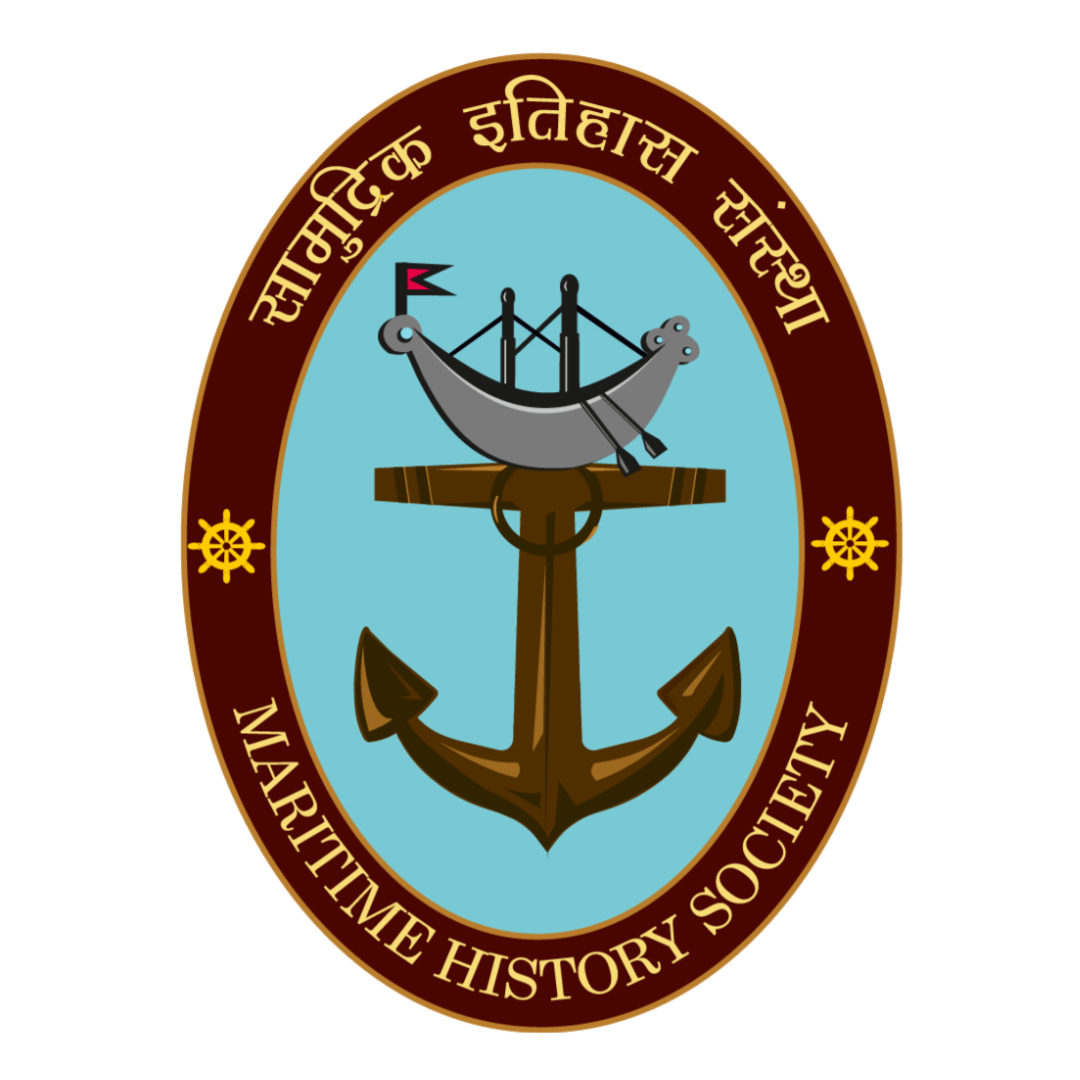Mumbai, the city fascinates many people and is rightly touted as the ‘City of Dreams’ or the ‘City that never Sleeps.’ As fascinating as the city is, equally interesting is its history. Formerly called Bombay, this city has been responsible for myriad changes in the society as it itself underwent a lot of transitions through time. Maritime enterprises have played a pivotal role in the making of this city. The cause and effect relation between the mercantile interests combined with maritime infrastructure transformed the city’s economy. While we Mumbaikars continue to disregard the importance of certain historical and heritage aspects that should be treasured, a certain microscopic aspect of erstwhile Bombay’s maritime history stood the testimony of time to tell its story. It continues to do so just by emitting the nauseating stench of the fish that affirms its presence to passers-by. Yes, it is the Sassoon Dock!
The city of Bombay has been a melting pot of cultures. Even today, it appears to be a mosaic with different kinds of architecture and lifestyle influences that continue to harmonise in the backdrop of its rich varied history. We can say that it has stood the test of times; rather it has witnessed the bygone eras and has transitioned itself, adapting and assimilating to the needs of the changing times. Various entrepreneurial adventures backed by high risks have been a characteristic of the maritime economy of Bombay. Men who had sound capital along with great business acumen have made success stories. One such story is that of the Sassoon Family. The patriarch – David Sassoon – emigrated from Baghdad to Bombay, ventured into commercial enterprise and made huge profits. M/s David Sassoon and Sons was the business firm that they established for their trading activities that continued to prosper with time. Their Sassoon Dock was the first wet dock to be a fully-private enterprise.
The Sassoon Dock was formally inaugurated on Tuesday, 08th June 1875. The Times of India dated 09 June 1875, in an article titled ‘The Colaba Sassoon Dock’, describes the dock in the following words: “The dock is about 690 feet in length, 300 feet in breadth, 40 feet from gate to gate, has therefore an area of about 195,000 square feet, and has a 15.4 fill below the wear tide. A substantial stone bunder encloses the dock; and flood gates are provided at the entrance on the east side.” The timely opening of the Suez Canal that reduced the distance between India and England by half ,combined with the far-sightedness and analytical ability of Albert-Abdullah David Sassoon who identified the potential of the waterfront, led to the setting up of this small docking facility which was set to change the fortunes of the family and that of the city. Initially, the private enterprise of the Sassoon’s was hailed by many but it met its ill-fate due to oppressive schemes of the British government. In an article titled ‘How Bombay Trade has been oppressed by the Elphinstone Estate Purchase’ carried in the newspaper The Bombay Gazette dated 03 Nov 1876 offers various insights on how the Bombay government withheld permission to Messrs. D. Sassoon and Co. for fourteen months restricting their trading activities to ship merchandise from their own dock. This shows how the government was insecure about the growing monopoly of the private entrepreneurs who were trading from their own facilities and reaping huge profits.
The maritime enterprise of the Sassoon family who had set up a commercial dock metamorphosed their fortunes while it also had a larger impact on the city. Once the BPT took over the Sassoon Dock, the dock gradually declined as a small facility for the fishing community and as a repair yard. The vicinity was developed into an accommodation area which later prospered due to economic activities of the fishing communities. While the benefits of having this dock functioning today are debatable, Sassoon Dock, in the recent past, has been one of the major spots for fish trade, and export of different kinds of ‘marine gold’ that has led to the prosperity of many.
Sassoon Dock, though maimed four years after its initial operation due to the coming of larger docking facilities at Prince’s and Victoria Docks by the Bombay Port Trust, does more commercial business today. India’s major fish export happens through Sassoon Dock and it contributes towards a lot of economic opportunities for many people. Though it is contested that the Lilliputian dock did not function according to its original intent and purpose, this dock has plenty to offer today.



0 Comments